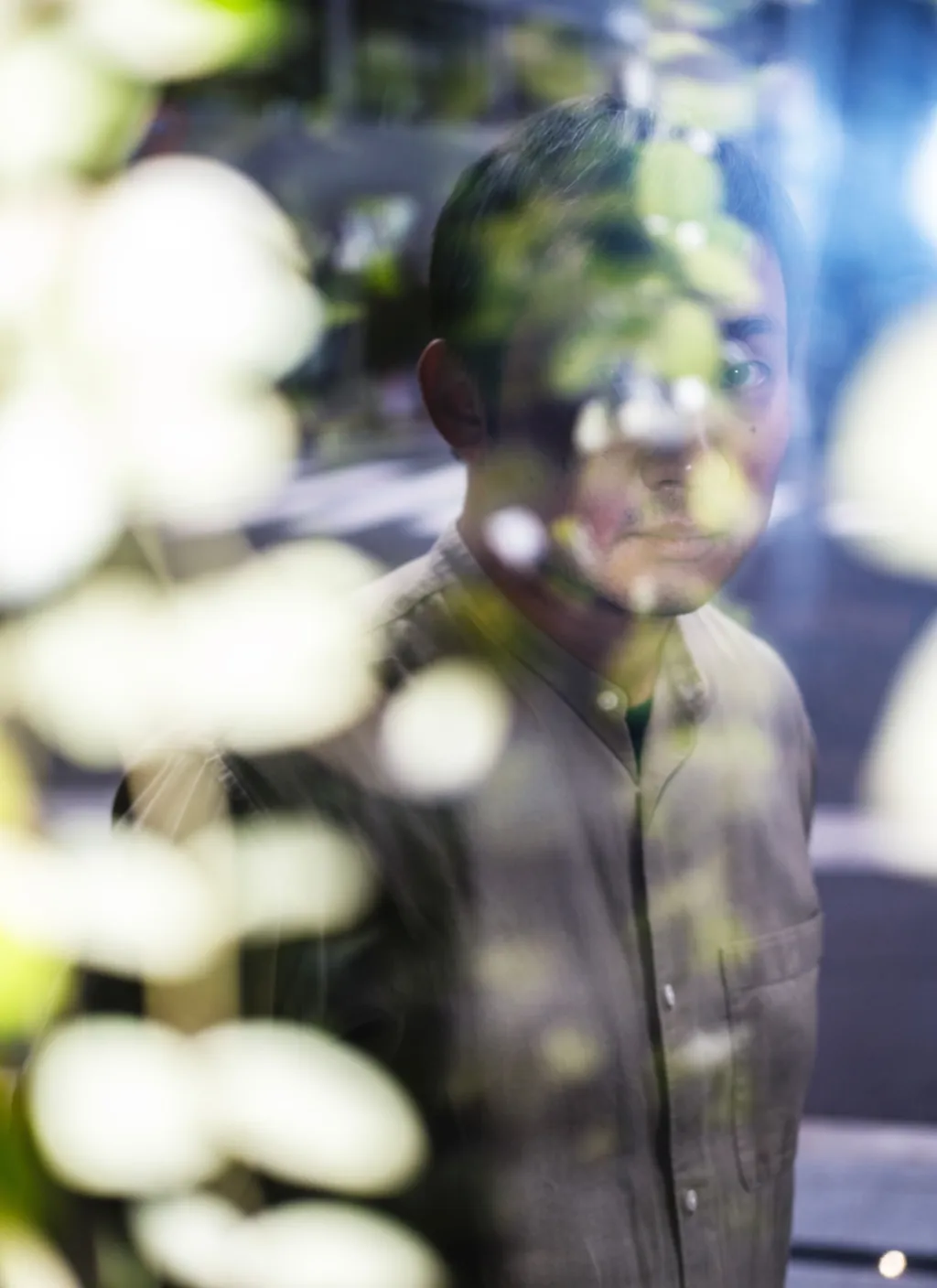Please update your browser
Your current browser version is outdated. We recommend updating to the latest version for an improved and secure browsing experience.
Ryūsuke Hamaguchi
Scroll to explore the exhibition
Ryūsuke Hamaguchi
- Introduction (Ryūsuke Hamaguchi)
- Room 2: Hamaguchi's Working Method
- Room 3: The Importance of Cinematic Locations
-
Introduction (Ryūsuke Hamaguchi)
-
Room 2: Hamaguchi's Working Method
-
Room 3: The Importance of Cinematic Locations
Ryūsuke Hamaguchi
Introduction (Ryūsuke Hamaguchi)

Ryūsuke Hamaguchi
Boldly experimental in method and rigorously precise in execution, Ryūsuke Hamaguchi’s growing body of work demonstrates the continuing vitality of classical Japanese and international auteur cinema. Room 2 focuses on two topics addressed in the portrait interview in this room: Hamaguchi's approach to adaptation and to selecting spaces. The latter point sets the stage for the broader exploration of the cinematic significance of specific locations and itineraries across film history in Room 3. Photograph by Gus Aronson (Tokyo, November 2022)
Room 3: The Importance of Cinematic Locations
Japanese Travel Narratives
Travel is central to many of Ryūsuke Hamaguchi’s movies, and his depictions of exploratory movement are part of a cinematic tradition that has much deeper roots. The most resonant and eloquent example is Kenji Mizoguchi's Sansho the Bailiff (1954).
Neorealism and the Po River Valley
The neorealist treatment of specific locations is epitomized by this iconic scene from Luchino Visconti's operatic Milanese epic Rocco and His Brothers (1960).
Hiroshima
This scene from Drive My Car (Ryūsuke Hamaguchi, 2021) is Hamaguchi's most explicit acknowledgment of the history and significance of the city in which the film is set.




















